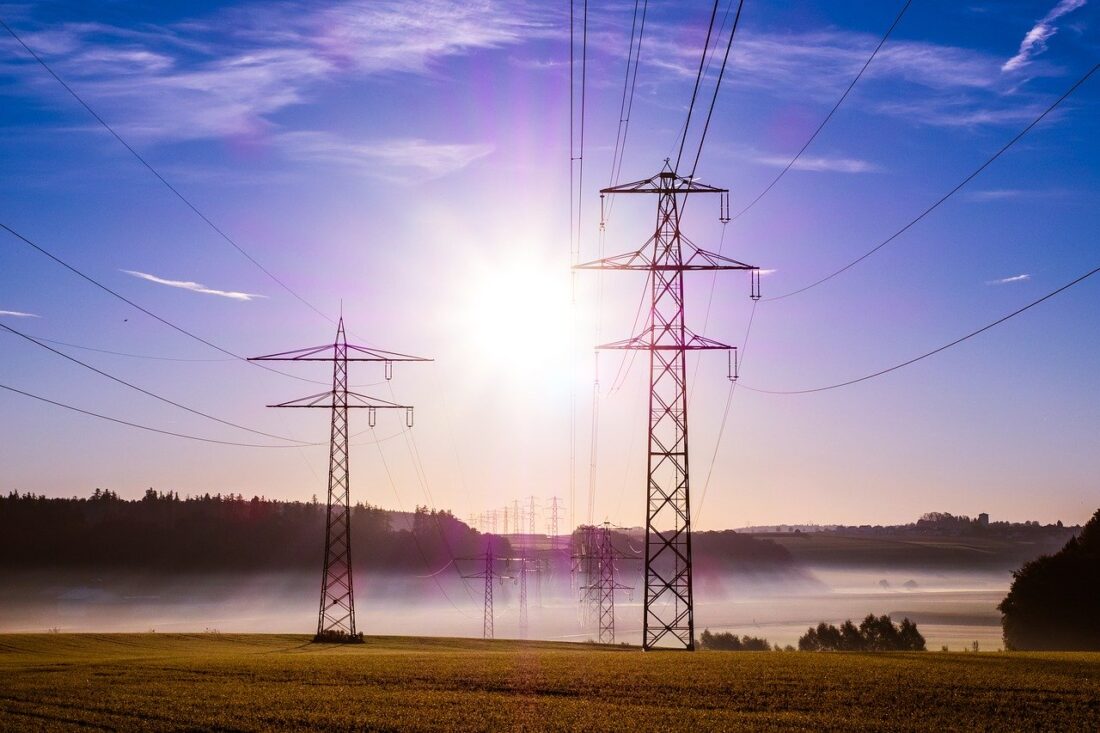 Singapore is one of the most technologically advanced and developed nations on earth. It also has one of the highest standards of living and greatest degrees of industrialization. All this means that there is a huge demand for electricity in Singapore, as electricity is required by domestic, commercial and industrial users.
Singapore is one of the most technologically advanced and developed nations on earth. It also has one of the highest standards of living and greatest degrees of industrialization. All this means that there is a huge demand for electricity in Singapore, as electricity is required by domestic, commercial and industrial users.
As there is a natural balance between supply and demand for electricity, as for all other resources, customers contribute this balance by paying a tariff. Tariffs vary a lot all over the world, and they can even vary hugely in one state, from one provider to another. This is because there are so many inputs that go into setting a tariff, such as the cost of fuel, cost of labour, upkeep of the infrastructure, money required for new developments, etc.
So, what exactly is a tariff? A tariff is the price you pay, as a customer, for a fixed quantity of energy. Energy is required to heat our homes, light our houses, and do a thousand other mundane tasks every day. Energy is usually recorded in kilo-watt hours, for the purposes of paying tariffs. One kilo-watt hour is the amount of electricity you would use (and therefore have to pay for), if you left a one kilo-watt appliance running for one hour. The tariff is a set cost for each kilo-watt hour of energy that you or your household uses.
So, what is the common singapore electricity tariff trend? In recent years the Singapore energy market has moved from being heavily centralised and regulated, to being more open and liberalized. In practise, this means that in the past the producers of electricity were also the ones who set the tariffs, and they could agree among themselves and government agencies what would be a fair price, without involving free market dynamics.
That has all changed now. Market forces now dictate the standard tariffs in Singapore, and these market forces are a complex combination of power output, expected expenditure, fuel prices and maintenance costs, among many other things. Producers sell their energy to the grid for a fixed price, and retailers can then operate in a second free market, where they purchase this energy and sell it on to the consumer, at a competitive rate.
So, as you can see, the tariff that you actually pay depends on a lot of other players further up the food chain, and their interactions and outputs can have major effects on the going rate of electricity.
In fact, in Singapore there are a number of different ways that the final user can purchase their electricity, and this will dictate what price they pay. You can choose to buy from either the state regulated operator SP Group, or any one of a number of private companies. If you buy from SP Group, there are two main tariffs you can be subject to.
You may pay their standard tariff, this is fixed every few months and is reflective of the broad state of the market over a long time, or you may pay their variable rate, which changes half-hourly in line with the wholesale price of electricity. This option is inherently more variable and risky, but it could lead to lower costs if you time your usage carefully. By default, most ordinary customers in Singapore will pay the standard tariff, which stands at 20.97 cents per KWh, inclusive of GST.
The other major option for savvy consumers is to buy from the retailers, who offer different rates and pay packages, as well as normal tariffs. For example, you could buy a package which allows unlimited use or charges you extra once you go over a certain limit. The possibilities are endless. Many of the generating companies in Singapore, who run the power stations themselves, have moved into the electricity retail market. For example, Senoko, who operate the largest gas-fired Power station in the country, offers a heap of competitive tariffs and packages direct to residential customers.
The general trend for tariffs in Singapore is upwards, in line with inflation, rising fuel costs and the rising costs of operating older plants. But the other trend is towards more market freedoms, innovative retail packages and competition, which could be very good for the consumer.







